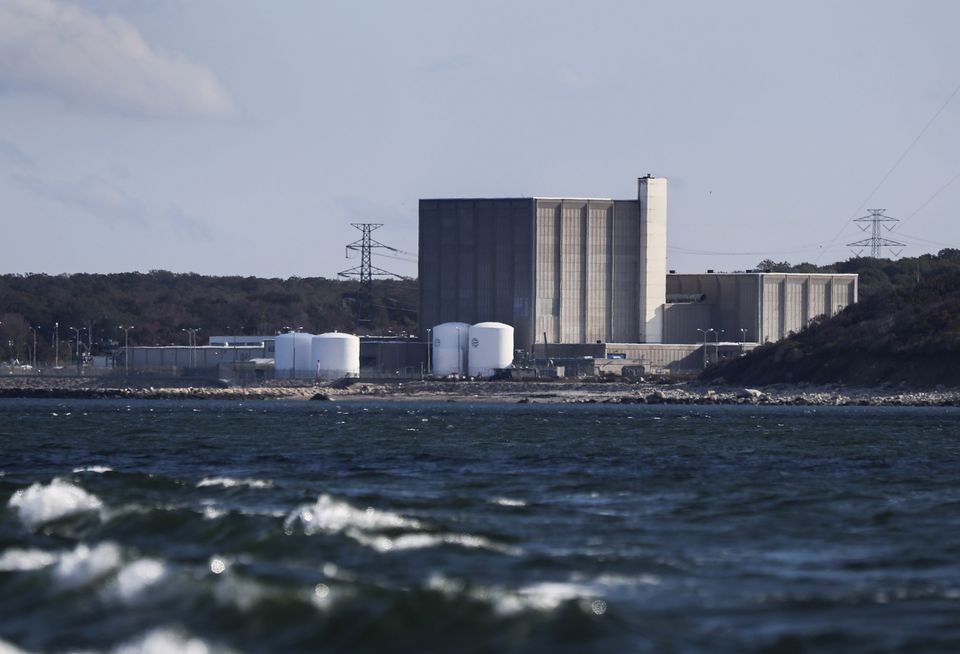Pilgrim Nuclear Power Station in Massachusetts shuts down permanently

The Pilgrim Nuclear Power Station in Plymouth, Mass., shut down its reactor for the final time on May 31.
The decision to shut down Pilgrim, which is owned by Entergy, was the result of several financial factors, including low wholesale energy prices.
“The difficult but necessary decision to close Pilgrim impacted our dedicated employees and their families, and was a decision we did not make lightly,” Entergy Chairman and Chief Executive Officer Leo Denault said. “Our employees are the backbone of the company, and their pride and professionalism are evident every day. Their legacy is a 47-year record of carbon-free power generation, done safely and securely, which benefitted the region in innumerable ways.”
Entergy had previously announced its plan to find a position within Entergy for those qualified employees who were willing to relocate. Currently, more than 50 employees from Pilgrim have accepted offers to continue with the company in other locations. Pilgrim opened in 1972. Entergy purchased the plant in 1999 from Boston Edison.
Entergy announced the sale of Pilgrim last August to Comprehensive Decommissioning International, a Holtec International subsidiary, for decommissioning. CDI, which specializes in decommissioning, will complete the task decades sooner than if Entergy continued to own the plant. The sale is still pending regulatory approval. CDI will hire Entergy’s employees at Pilgrim who have been selected for “Phase I” of decommissioning.
Entergy’s other operating nuclear power plants in its merchant power markets — Indian Point Unit 2 and Unit 3 in New York and Palisades Power Plant in Michigan — are scheduled to be shut down in 2020, 2021, and 2022, respectively. These plants will also be sold to decommissioning specialty companies at the appropriate time.
Entergy still operates five nuclear power units in its regulated utility business and is committed to their continued operation. Those facilities are located in Louisiana, Arkansas, and Mississippi, and produce about 5,000 megawatts of electricity for customers in those regions.
